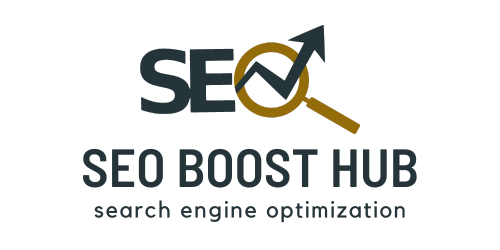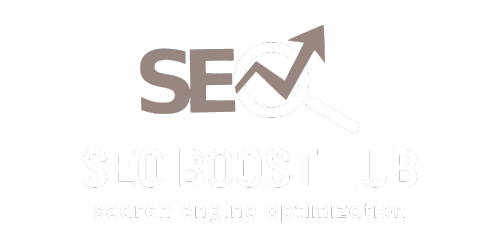Introduction: Major Shifts in the Manufacturing Industry in 2023
The manufacturing industry is undergoing a dramatic transformation in 2023. With rapid technological advancements, increasing demand for sustainable practices, and shifts in global supply chains, manufacturers must adapt to remain competitive. From smart factories powered by Industry 4.0 technologies to a renewed focus on sustainability and automation, the industry is evolving at an unprecedented pace.
In this article, we’ll explore the top manufacturing industry trends for 2023, providing insights on how businesses can stay ahead of the curve.
1. Industry 4.0 and the Rise of Smart Factories
Industry 4.0 is reshaping how manufacturing processes are managed. In 2023, more companies are adopting smart factories, leveraging technologies like artificial intelligence (AI), the Internet of Things (IoT), and big data analytics to optimize production.
Benefits of Smart Factories:
- Enhanced Productivity: Real-time data collection and analysis allow for more efficient operations.
- Predictive Maintenance: AI-driven predictive maintenance minimizes equipment downtime by anticipating issues before they occur.
- Customization and Flexibility: Smart factories support mass customization and agile production lines, allowing manufacturers to adapt to changing market demands quickly.
How to Prepare:
Manufacturers should invest in IoT platforms, AI software, and employee training to fully leverage the capabilities of smart factories.
2. Increased Automation and Robotics
Automation continues to play a central role in the future of manufacturing. In 2023, the focus has shifted to more advanced robotics, including collaborative robots (cobots) that work alongside human operators and AI-powered automation.
Automation Trends for 2023:
- Cobots: These robots assist with repetitive tasks, enhancing human capabilities and reducing labor costs.
- Autonomous Mobile Robots (AMRs): AMRs are used for tasks such as material transportation, improving overall efficiency.
- AI-Powered Quality Control: AI-driven systems ensure real-time quality checks, minimizing errors and reducing waste.
How to Prepare:
Identify areas within your production line that could benefit from automation and deploy the latest robotics and AI solutions to streamline your operations.
3. Sustainability and Green Manufacturing Practices
Sustainability is no longer an option but a necessity in 2023. Manufacturers are adopting green manufacturing practices to reduce environmental impact, conserve resources, and meet consumer and regulatory demands for eco-friendly products.
Key Sustainability Trends:
- Circular Economy: Emphasizing reuse, recycling, and reducing waste, the circular economy is gaining traction in manufacturing.
- Energy Efficiency: Companies are investing in renewable energy sources and energy-efficient machinery to lower their carbon footprint.
- Eco-Friendly Materials: The use of sustainable materials, such as biodegradable or recycled inputs, is on the rise.
How to Prepare:
Implement sustainable practices across your production process, focusing on energy conservation, waste reduction, and green product innovation.
4. Supply Chain Resilience and Localization
The disruptions caused by global events in recent years have pushed manufacturers to rethink their supply chain strategies. In 2023, the focus is on supply chain resilience, with more companies adopting localization and nearshoring approaches to mitigate risk.
Supply Chain Trends for 2023:
- Nearshoring: Bringing production closer to end markets to reduce dependency on distant suppliers.
- Diversification of Suppliers: To ensure continuity, manufacturers are working with multiple suppliers spread across different regions.
- Digital Supply Chain Management: Enhanced visibility and tracking through digital tools help manufacturers monitor and respond to disruptions in real time.
How to Prepare:
Build a more flexible and transparent supply chain by investing in digital tracking technologies and exploring local production options.
5. Additive Manufacturing and 3D Printing
Additive manufacturing (also known as 3D printing) is becoming more prominent in 2023. This technology allows manufacturers to produce components and products with greater flexibility, precision, and reduced material waste.
3D Printing Trends:
- Rapid Prototyping: 3D printing facilitates the rapid creation of prototypes, speeding up the design and testing phases.
- On-Demand Production: Additive manufacturing supports just-in-time production, helping companies minimize inventory costs.
- Customization: The ability to create highly customized products has made 3D printing attractive for niche markets.
How to Prepare:
Integrate 3D printing into your manufacturing process to capitalize on its benefits in rapid prototyping and customization.
6. Advanced Data Analytics and AI Integration
In 2023, data analytics is becoming the backbone of decision-making in manufacturing. AI-powered analytics tools are being used to optimize every aspect of production, from supply chain logistics to quality control.
AI and Data Analytics Trends:
- Predictive Analytics: AI models analyze historical data to predict trends and outcomes, enabling proactive decision-making.
- Supply Chain Optimization: Real-time data tracking enhances inventory management, transportation, and supplier relations.
- Quality Control: AI-driven quality checks catch defects early, reducing rework and waste.
How to Prepare:
Invest in AI-based analytics tools to monitor and optimize manufacturing performance at every stage of the production process.
7. Workforce Transformation and Upskilling
As technology becomes more integrated into the manufacturing industry, the workforce must evolve. In 2023, manufacturers are prioritizing workforce upskilling to ensure employees can effectively use new technologies and systems.
Workforce Trends:
- Training in Digital Skills: With the rise of automation and smart factories, there is a growing demand for employees skilled in managing data and digital systems.
- Collaborative Robotics Training: As cobots become more widespread, workers need training to effectively collaborate with robotic systems.
- Safety and Wellbeing: Automation also allows manufacturers to improve workplace safety by removing workers from hazardous environments.
How to Prepare:
Create employee training programs focused on digital literacy, robotic systems, and AI integration to enhance workforce capabilities.












